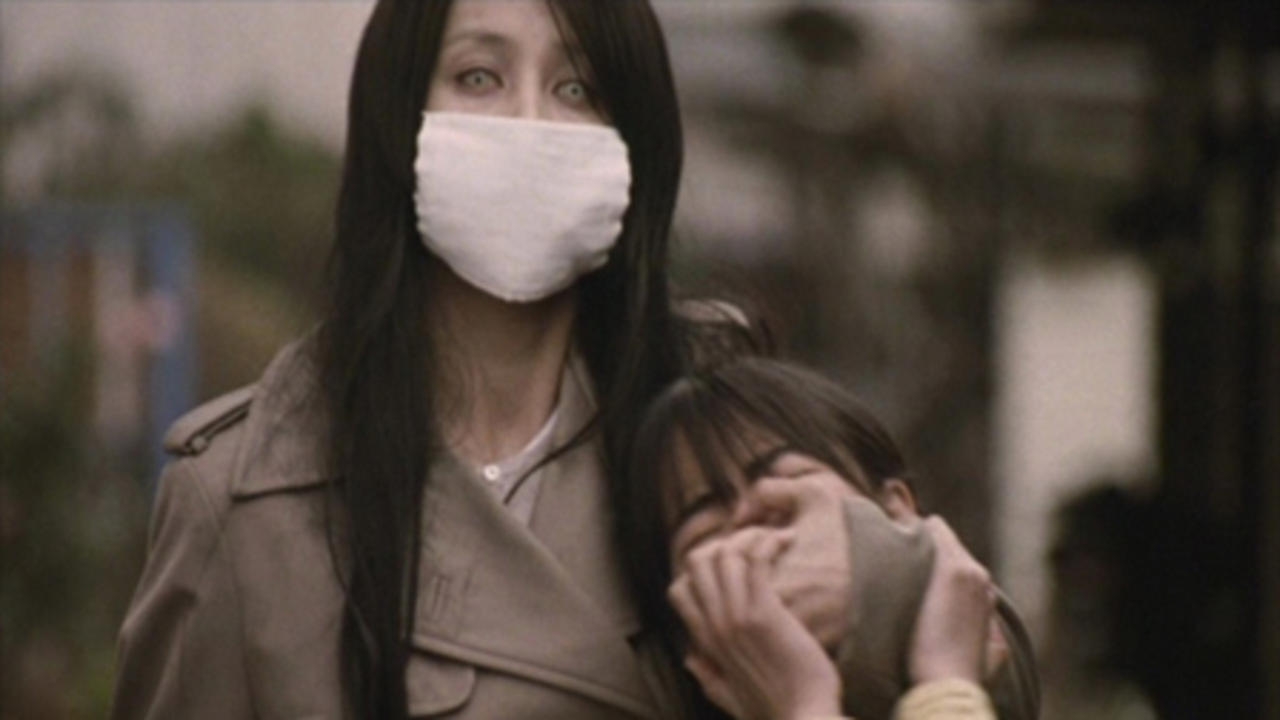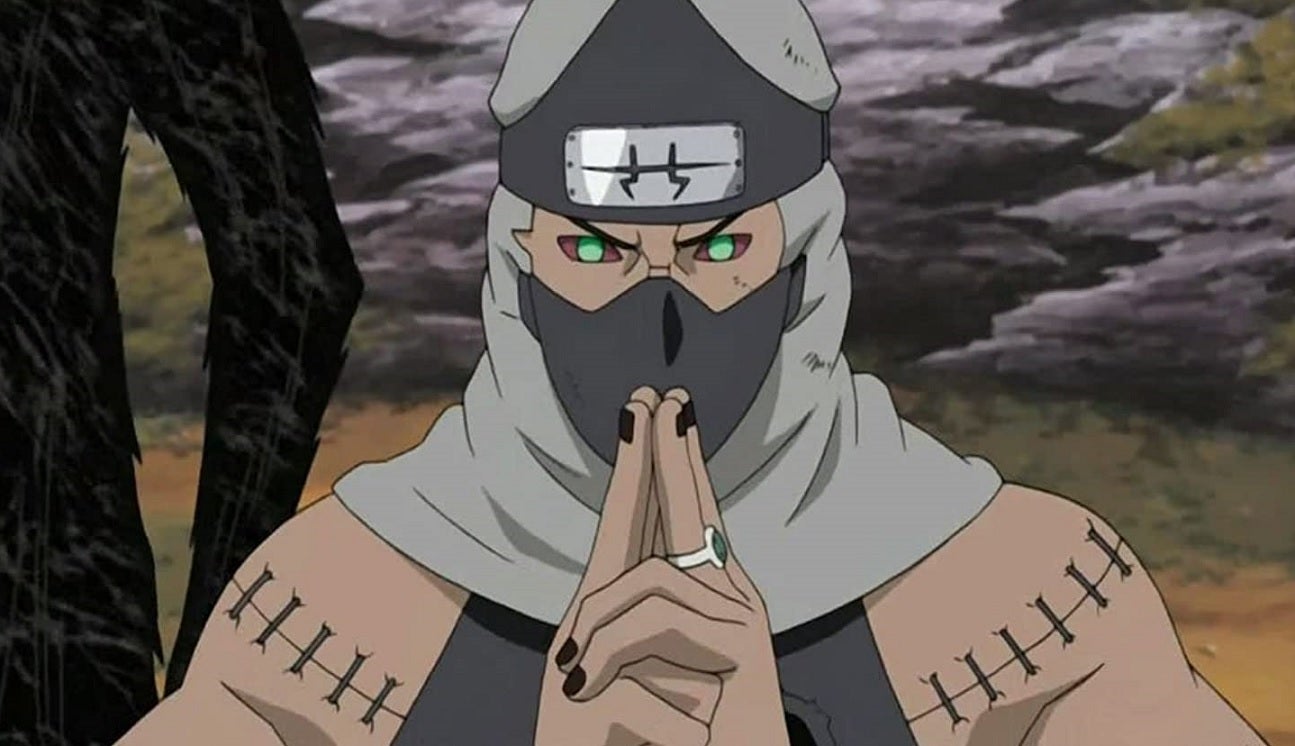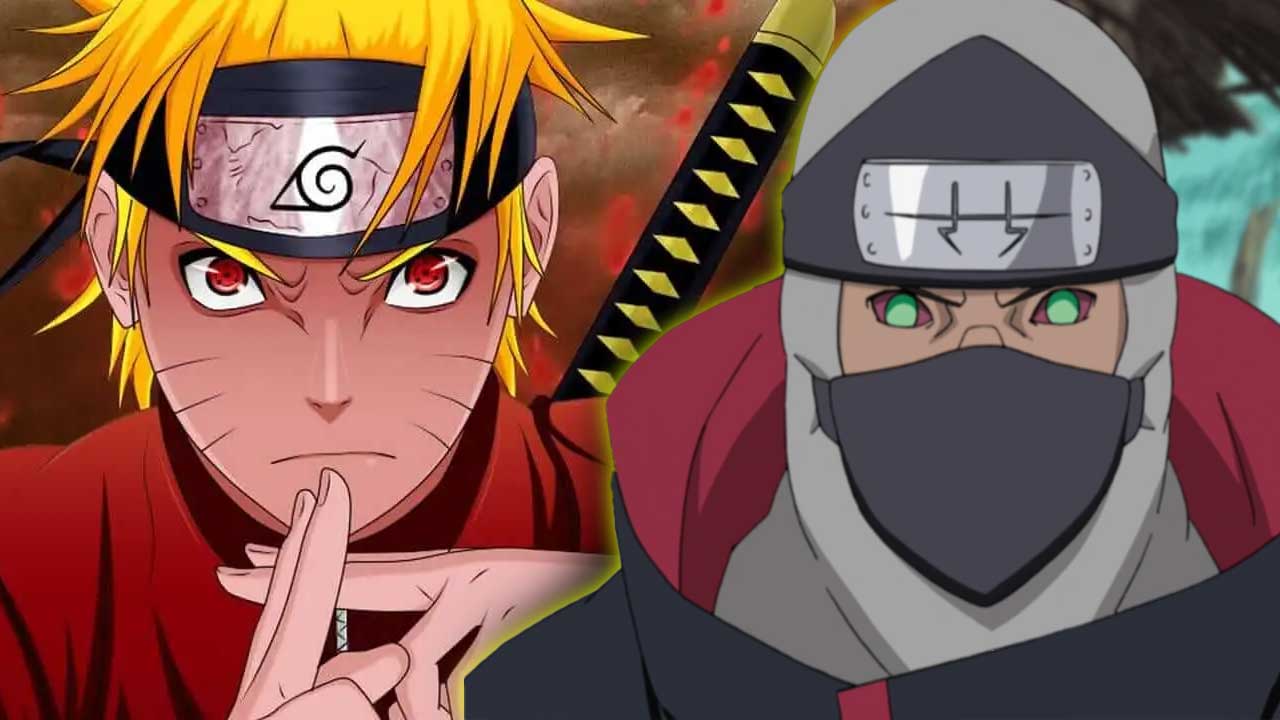Naruto Shippuden fans know that Naruto’s story is big, with 26 seasons, 720 episodes, and many characters. His adventures in the Land of Fire are so many that even Konoha’s Scroll of Sealing can’t hold them. The supporting characters’ lives are also exciting in the episodes.

Many supporting characters in Naruto have roots going back hundreds of years before the show started in 1999. Masashi Kishimoto, the creator, drew inspiration from Japanese folklore, legends, and different supernatural beings known as yokai while writing the series.
Because of these influences, Kakuzu, a character from Naruto, whose origin inspired by a Japanese legend is darker than many fans may realize.
Kakuzu’s Terrifying Visage: Inspiration Drawn from a Japanese Legend
Kakuzu, an S-rank rogue shinobi from Takigakure, joined the Akatsuki after failing to kill the First Hokage. Partnered with Hidan, they were known as the Zombie Combo due to their inability to die and unusual appearances.
Originally, Masashi Kishimoto, the creator, wanted Akatsuki members to be almost entirely monstrous. Examples include Zetsu, Kisame and Kakuzu. In particular, Kakuzu’s frightening appearance was inspired by a Japanese legend, Kuchisake-onna.

Kuchisake-onna, the Slit-Mouthed Woman, had a mouth slit from ear to ear (similar to Kakuzu’s) hidden under a surgical mask, with black hair and a violent nature.
Armed with scissors, she’d ask the strangers if she was pretty. If they say no meant instant death, while saying yes led to her to remove her mask and revealing her slit mouth. And then she’d ask the same question again. Saying no again resulted in death, and saying yes led to her mimicking the slit mouth, causing death. According to the legend, encounter with her meant no escape.
Grim Past and Backstory of Kakuzu
The anime touches on Kakuzu’s past, but the databooks provide more details, which are grim. Kakuzu, a 91-year-old man, is tall and tan with long dark brown hair, unusual green pupils, and red eyes. Despite his age, he looks muscular and prime.

Before Akatsuki, he wore a loose hair, a sweatband, and a black mask stitching his mouth. He wore no shirt, revealing stitches on his torso, and had ruffed up pants. After joining Akatsuki, he kept the black mask but made other changes.
Kakuzu’s backstory involves Takigakure sending him to assassinate Hashirama Senju. Failing led to imprisonment and disgrace. Angry because of his unjust treatment, he escaped, seeking revenge on the village elders. He stole forbidden techniques, including taking hearts to enhance his abilities. After taking hearts from Takigakure villagers, he joined Akatsuki.

